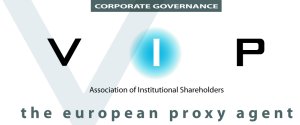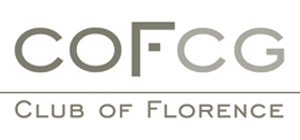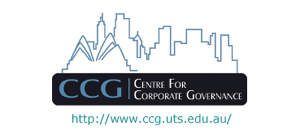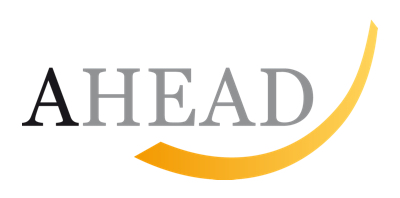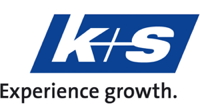Reading suggestions
Buderath, Hubertus M., Herzig, Andreas, Köhler, Annette G., Pedell, Burkhard (eds), Wertbeitrag der Internen Revision – Messung, Steuerung und Kommunikation [The value added of Internal Audit – measurement, control and communication]
Schäffer-Poeschel Verlag, 191 pp, €49.95, ISBN 978-3-7910-2943-6
Internal audit has the function of providing independent and objective audit services for the company. It thus represents a substantial part of the overall internal control system in enterprises. The requirements on executive and supervisory bodies are steadily being raised through regulatory means. Internal audit can give management and supervisory boards relevant support in meeting these requirements. Correspondingly, the range of tasks for internal audit has extended to include, alongside the examination of systems and processes, also audit-related consulting services. Against this background, the book shows the value offered by internal audit. In addition to its conditions and design, the measurement of the value added and its control are shown.
Evertz, Derik, Krystek, Professor Ulrich (eds), Restrukturierung und Sanierung von Unternehmen – Grundlagen, Fallstudien und Instrumente für die Praxis [Restructuring and reorganization of enterprises – basics, case studies and tools for practice]
Schäffer-Poeschel Verlag, 383 pp, €69.95, ISBN 978-3-7910-2961-0
On the basis of recent experiences and case studies, this volume illuminates fundamental problems in the restructuring and reorganization of enterprises.
Haase, Florian (ed.), Investmentsteuergesetz – Kommentar [The Investment Tax Act – a Commentary]
Schäffer-Poeschel Verlag, 732 pp, €129.95, ISBN 978-3-7910-2991-7
The market for investment products is still rapidly developing, as well as the number of new structured products, the special tax features of which are transparent often only with well-founded support. This concerns not only consultants, banks, issuing houses and other institutional market participants, but also and especially investors and their advisors. This commentary explains the provisions of the Investment Tax Act with special attention to the links it contains, particularly to the Investment Act. One focus of the comments is the practical implementation of the provisions of the Investment Tax Act, in particular reporting obligations, and the creation of statements for the tax return. Another focus is the presentation of the international facets of the Investment Tax Act and the developments at OECD level.
Müller-Stewens, Professor Günter, Kunisch, Sven, Binder, Professor Andreas (eds), Mergers & Acquisitions – Analysen, Trends und Best Practices
This work provides a comprehensive inventory of the M&A events of the past 20 years in Germany, Austria and Switzerland. It shows the state of the art and provides help for future M&A activities. The M&A market is also analysed from different perspectives.
Vielhaber, Ralf, Ziermann, Stefan (eds), Anlagechancen 2011 – was wird aus unserem Geld? [Investment Opportunities 2011 – what will become of our money?]
Gabler Verlag, 370 pp, €49.95, ISBN 978-3-8349-2634-0
This Fuchs investment book focuses on investment opportunities in global markets, showing the possibilities, risks and alternatives. Readers benefit from the many years of international experience of the Fuchs editors, and numerous guest authors. You get the most important facts for your investments in 2011 in focused and understandable form – whether in Europe, the USA, Asia or South America, and from shares via funds, precious metals and currencies to art.
Wandl, Norbert, Habenicht, Ute, Unternehmensübergabe nachhaltig gestalten [Making business succession sustainable]
Gabler Verlag, 156 pp, €34.95, ISBN 978-3-8349-2368-4
How is successful succession in family businesses to be achieved? Under the special conditions of trust and belonging, family firms today still continue to offer examples of successful corporate culture. At the same time carelessness in this area has particularly painful consequences. This book offers many valuable suggestions for a sustainable ownership transition. It is all about the human component of a transfer.

